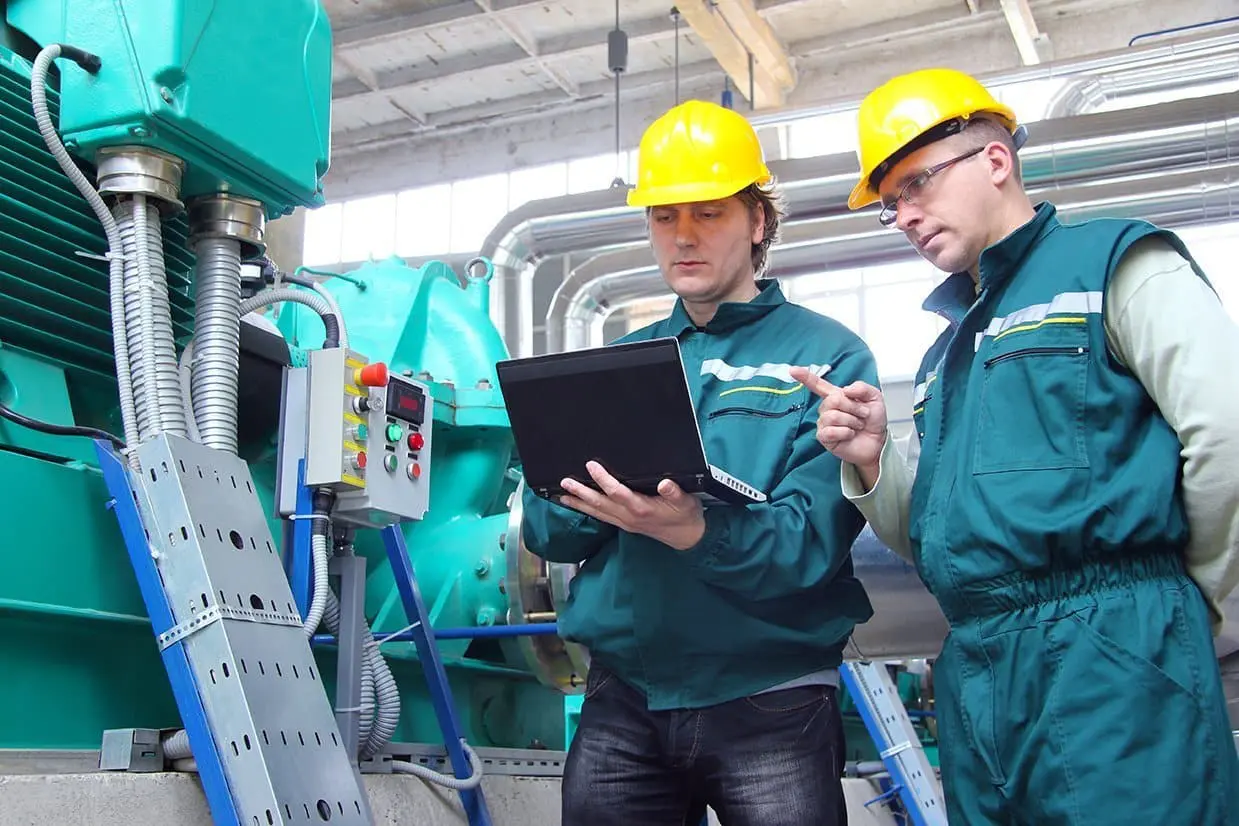Maintenance management in the past relied on pencil and paper and/or spreadsheets to track maintenance work.
And it worked.
But maintenance management has changed. Organizations have discovered maintenance affects the entire operation. And that means they’re paying attention in ways they weren’t in the past.
You used to get phone calls when something broke. Now you’re getting phone calls asking for details about your maintenance operations: costs, productivity, inventory turnover, replacement forecasting, etc.
That means you need a new approach. As one MPulse customer said, “Our spreadsheets just don’t cut it anymore.”
Table of Contents
Maintenance Management Has Changed
As more organizations move from a reactive maintenance strategy to a proactive one, the focus of maintenance teams has changed too.
It starts with preventive maintenance (PM). PM is one of the biggest reasons maintenance managers turn to CMMS software because it simplifies creating PM tasks, automating PM schedules, and building maintenance reports to find areas that need more attention as well as those that are working well.
And that’s just the beginning. From inventory control to condition-based maintenance to the Industrial Internet of Things (IIoT), CMMS software helps maintenance managers improve reliability and take their operations to new levels.
Technology Has Changed
Once computer technology was scarce in the maintenance department. Those days are long over. Now even desktop computer systems are passé and mobile devices are commonly found on the shop floor, at the construction site, or in the plant.
And it’s still changing. IIoT devices are opening up new opportunities for monitoring assets and automating data collection. That means maintenance work will shift even more from reactive to preventive… and towards predictive maintenance. CMMS software gives you the information you need to meet the challenges ahead.
Workforce Has Changed
It’s tough to find the right people with skills we need in the maintenance department. If that wasn’t hard enough, our aging workforce requires rethinking your recruitment strategies.
Maintenance managers need to reach out to younger employees, who expect modern technology in the workplace. Emphasize the technical aspects of this career path, and create a professional growth/training program for your maintenance staff. These things are important to younger workers, and they’ll make your positions more appealing.
The Future of Maintenance Management
So, what does the future of maintenance management look like? It’s going to involve more technology and a stronger push towards data-driven decision making. So maintenance managers need to adapt. Starting now means you’ll be in a good position down the road.
Ready to ditch the spreadsheets? Contact us.






